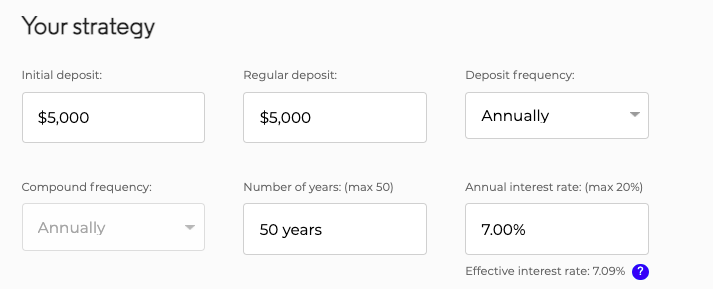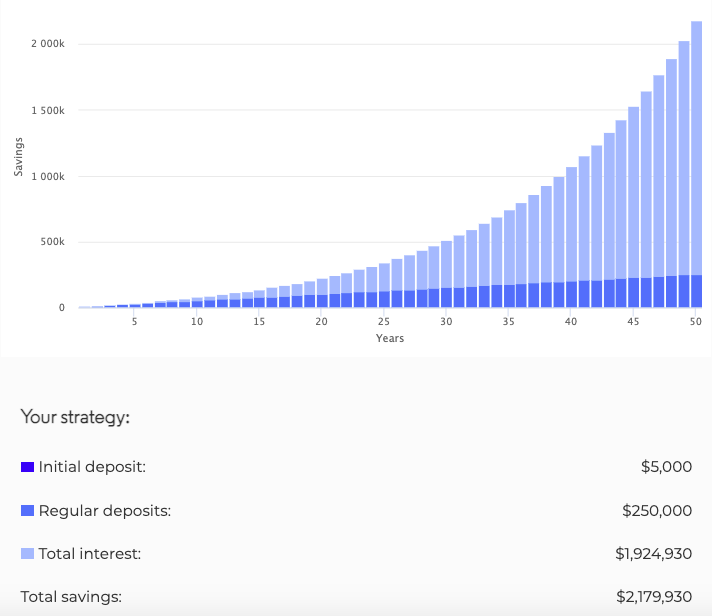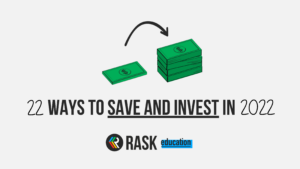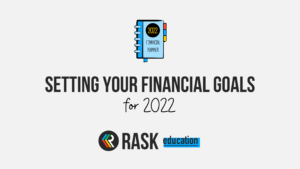This article provides five key steps you can take to sort out your Super in 2021, including how to find your lost Super and exploring your investment options.
When’s the last time you thought about your Super?
Yesterday, last year, never…?
If you said never or don’t know what I’m talking about, you’re certainly not alone.
So many Aussies have forgotten about, or lost, their Super that there are billions of unclaimed dollars just floating around, waiting for someone to claim them.
To give you a quick rundown: your employers pay you Super throughout your career to a special account you usually can’t touch until retirement. There’s a bit more to it (and we’ve actually got a free educational course that takes you through the basics), but just remember it’s still your money, and you do have some choices to make (think fund managers, investment options and insurance).
Step 1 – Find your lost Super via your myGov account
Thankfully in Australia, the tax office (ATO) keeps track of your lost Super and provides you with different methods to hunt it down. It’s kinda like going on a treasure hunt, you never know what you’ll find.
Here are the different ways you can find out if you’ve got any money in the Super universe:
- online through your myGov account
- calling the ATO lost super search line
- by completing and sending a paper form to the ATO
- asking your current Super fund to do a search for you (usually through an online tool)
Do this: Head to your myGov account, link it to your TFN and click on manage your Super to find out if you’ve got any lost Super accounts.
Step 2 – Don’t pay fees to multiple Super companies
If you’ve ended up with multiple Super accounts over your working career or found some lost accounts in the step above, it’s important to note you’re probably paying fees to multiple Super funds.
Over your working lifetime, investment management fees can add up, so it’s worth considering whether you want to consolidate everything into only one fund. Doing this makes it much easier to take care of your Super and keeps costs down, which sounds like a pretty good idea to me. You can consolidate your Super through your myGov account or by requesting that your Super fund moves your money across.
Consider: If you have more than one Super fund, think about consolidating them into one fund, to save on fees and make it easier to manage.
Step 3 – Investigate your investment options
One thing that many people are surprised to learn about their Super is they can actually choose how it’s invested. Each Super fund will offer a variety of investment options for you to choose from, and they might even let you mix-and-match within your account.
Look for words on their websites like investments, your investment options, your options or ready-made choices to take you to the different investment choices available to you.
Larger Super funds will often provide you with more choice, but most Super funds provide some manner of Cash, Conservative, Balanced, Growth and High-Risk portfolios. I’d recommend having a good read of each of them and look for things like asset allocation, fees, performance history and risk profile. You should also read the Product Disclosure Statement (PDS) which includes all the nitty-gritty details (although I know they’re painful to read).
You can learn more about this in our free Super course on Rask Education.
Investigate: Head over to your Super fund’s website and investigate the different investment options available.
Step 4 – How many times are you insured for life?
One of the downsides of having multiple Super funds running around is that you may end up paying for insurance (like life insurance and income protection) on multiple accounts. It’s a quick and easy way to eat up your Super balance, so make sure you check in with your Super accounts to find out what insurance you’re actually covered for.
After looking into this, you may discover you have too much or not enough cover for you and your family, so be sure to chat to your Super fund or a financial adviser if you need some assistance with this.
Hot tip: Find out if you have or don’t have insurance in your Super fund and consider if there are any changes you want to make.
Step 5 – Set a regular calendar reminder to give your Super some love
Life can get so busy and it’s easy to neglect your Super. However, by simply giving your Super an hour or two of maintenance each year, you can turn it from a money pit into a future gold mine.
Set a reminder in your calendar to check in with your Super on a quarterly or half-yearly basis.
It’s always good to make sure that A) your employer is actually paying it, B) you know what you’re invested in and C) you know what fees and insurances you’re paying for.
Let’s look at an example of what some TLC can do for your Super over your working career.
Kate’s 25 years old and has just started to think about her Super. After hitting up the myGov website, she realised that she already had two Super accounts from previous part-time jobs during uni, totalling $5,000 (how good)! After comparing the different Super funds and investment options available, she moved all her Super into one growth (& low-fee) fund, with an average annual return of 7%.
After contributing $5,000 per year for the next 50 years (gee, what a long time), Kate is now 75 years old with an enviable Super balance (over $2 million). Of course, any pay rises or extra contributions along the way with speed up this process!


Try this yourself by experimenting with the MoneySmart Compound Interest Calculator.
Super love: Don’t neglect your Super, it’s important for your future and it’s your money. If you look after it now, it’ll be there to look after you in the future.
TLDR: 5 steps to becoming a financial Super(hero)
- Find your lost Super via your myGov account
- Make sure you’re not paying fees to multiple Super companies
- Investigate the different investment options your Super fund offers
- Check whether you have insurance in your Super and if you need to make any changes
- Set a regular calendar reminder to give your Super some love
If you’re keen to super charge your financial future and take everything you’ve learnt today to the next level, take our free Super course!



